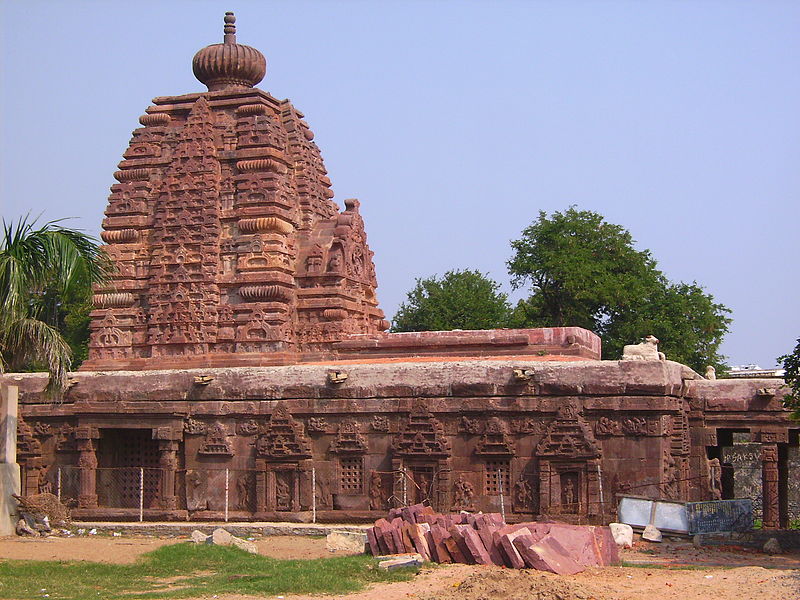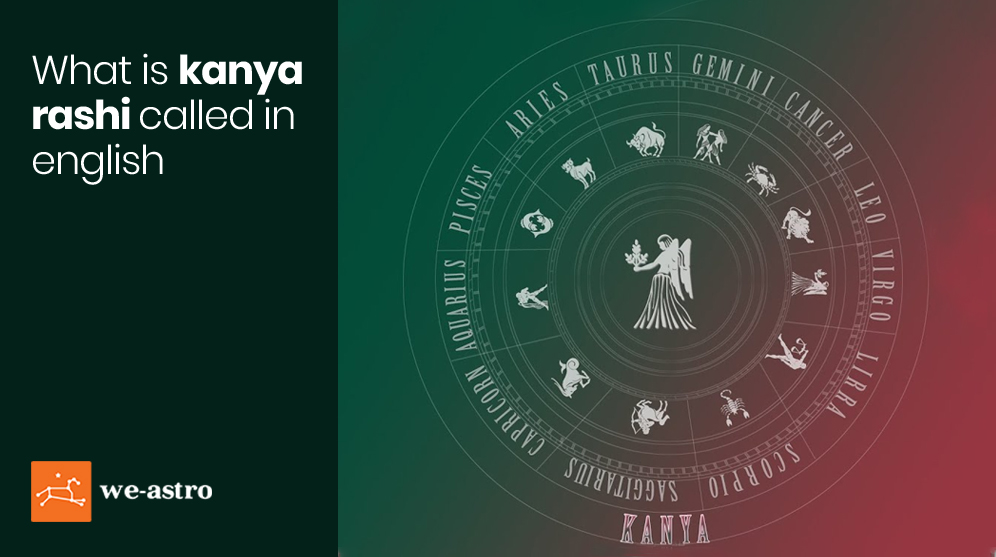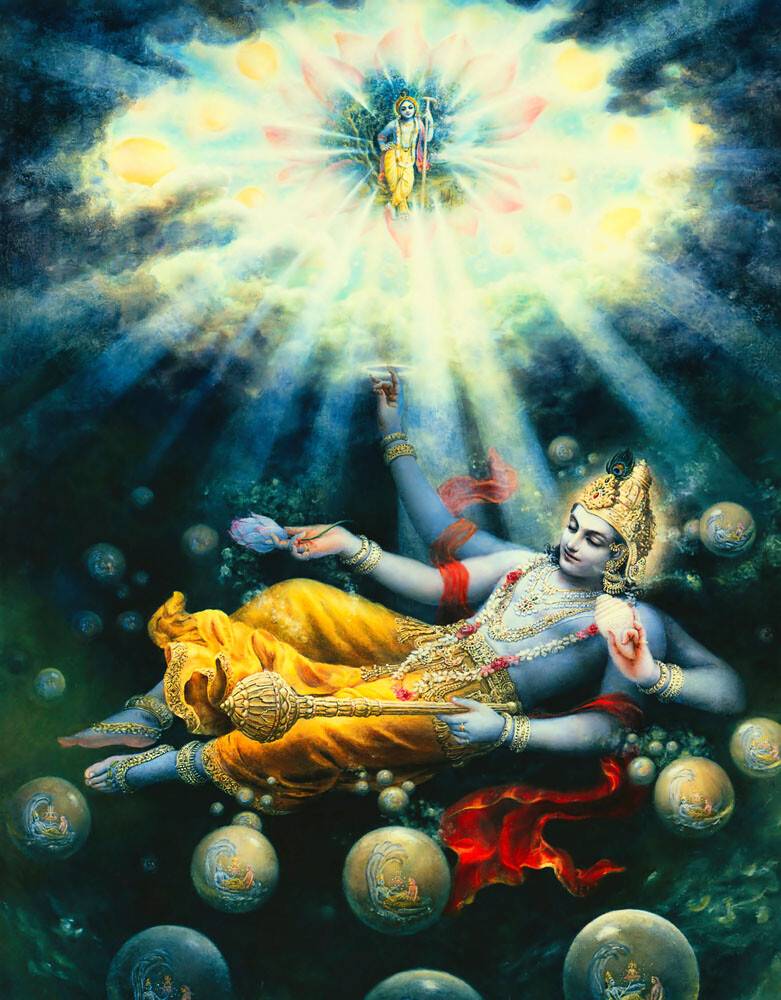"Designing Divine Pathways: Celebrating Pongal with Vibrant Rangoli Patterns"
"Explore the vibrant world of Rangoli art for Pongal, a vital part of Hindu celebrations, showcasing creativity, auspiciousness and cultural richness."

The vibrant hues of rangoli come to life during the festive season of Pongal, a significant Hindu festival celebrated primarily in Tamil Nadu. Artistic patterns drawn at the entrance of homes, rangoli, also known as kolam in regional parlance, are a common sight during Pongal. Created with rice powder, flour, chalk, or rock powder, these resplendent patterns infuse the air with a sense of colorful cheer and divine spirit.
In the context of Pongal, rangoli or kolam is not just a decorative art form but also holds a deeper philosophical and cultural significance. They are a symbol of prosperity, welcoming the bounty of nature as people celebrate the harvest season. The intricate motifs of the kolam often depict elements of nature, such as plants, animals, and even celestial bodies. This is reflective of the underlying ethos of Pongal, a festival that venerates the Sun God for a bountiful harvest.
The act of drawing rangoli is a serene and spiritual experience for many. Early in the morning, one can witness women diligently drawing kolam at the thresholds, a ritual believed to bring positivity and divine energy into the home. The process of creating these patterns also fosters a sense of community, as women often come together to create larger, more complex designs. The shared laughter, stories, and spirit of camaraderie that accompany the creation of rangoli, add another dimension to this beautiful tradition.
As one revels in the festivities of Pongal, the rangoli stands as a colorful reminder of our deep connection with nature, our gratitude for its bountiful gifts, and the joy of togetherness. Each stroke of chalk not only paints a pattern but weaves a story of tradition, spirituality, and communal unity, making Pongal a truly unique and joyous celebration.




